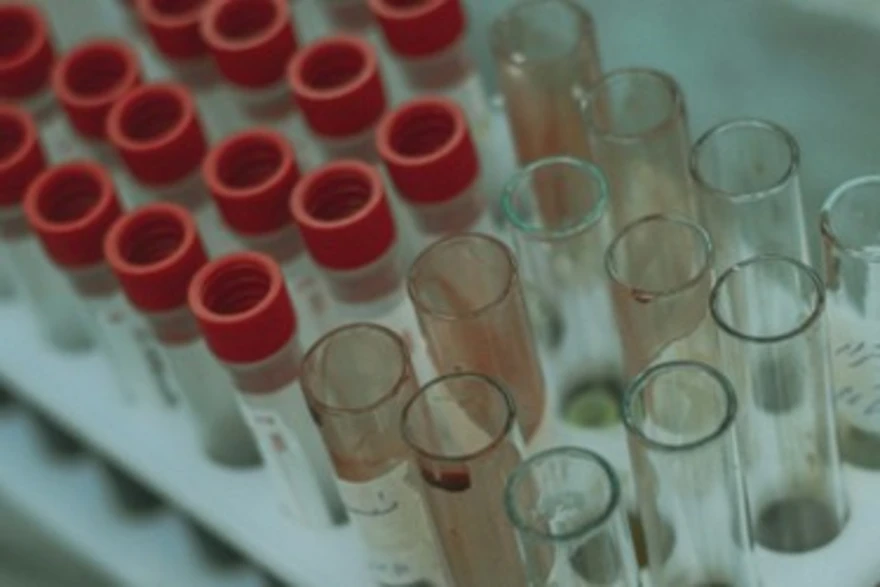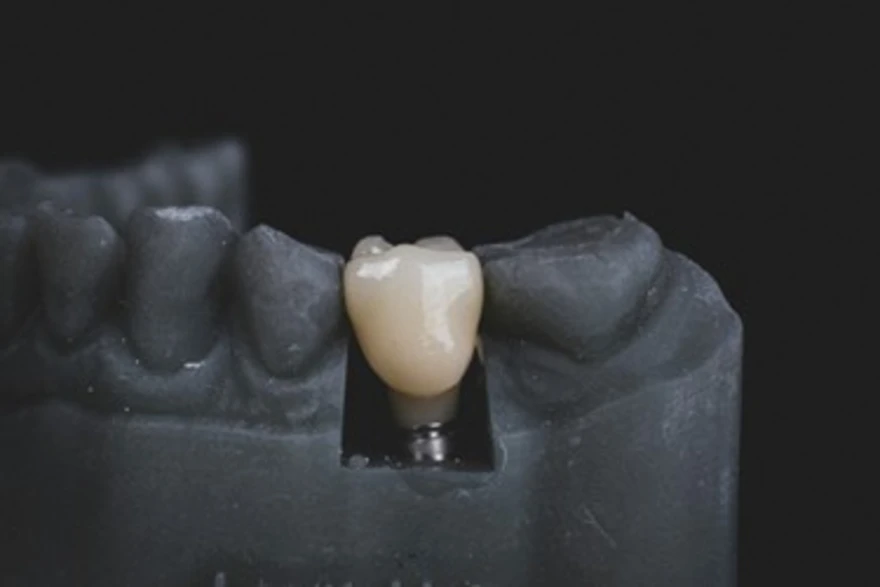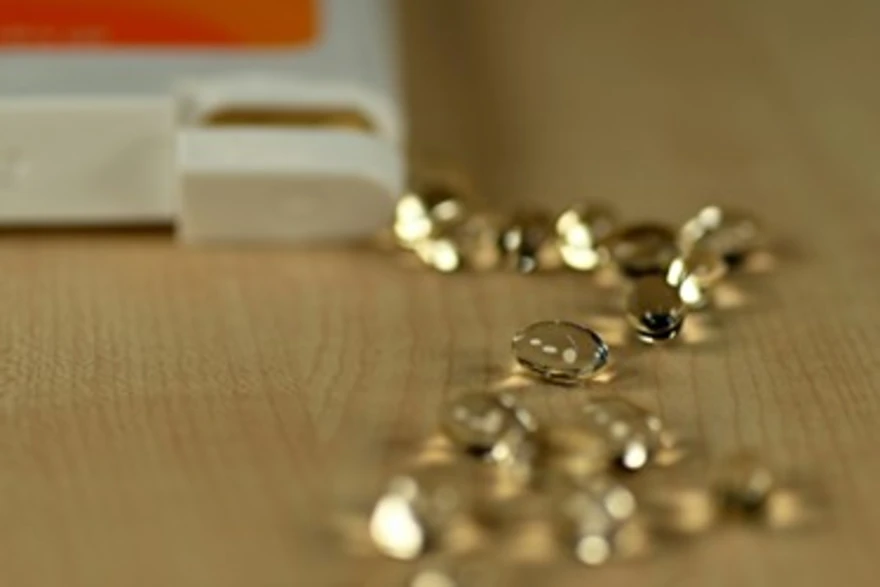Preventive Healthcare
Uric Acid Test: Purpose, Procedure, Results, Normal Range and More

Table of Contents
What is a uric acid test?
The uric acid test is a diagnostic tool that measures the levels of uric acid in your blood. It’s primarily used to detect and manage conditions like gout, kidney stones, and certain kidney or liver disorders. Uric acid is a natural waste product created when the body breaks down purines, which are substances found in various foods and are also produced by the body. It's a byproduct of the metabolism of nucleic acids, such as DNA, and is usually dissolved in the blood, travelling to the kidneys and getting eliminated through urine.
Normal levels of uric acid are important for overall health. However, when there's an overproduction of uric acid or the kidneys aren’t effectively eliminating it, the levels can become too high. This can result in the formation of crystals in the joints, causing a type of arthritis known as gout. Additionally, high levels of uric acid can contribute to the formation of kidney stones. The results of a uric acid test help determine if your uric acid levels are within the normal range.
Why do I need a uric acid test?
You might need a uric acid blood test if you’re experiencing high uric acid symptoms such as intermittent episodes of joint pain, especially in the feet, ankles, knees, hands, or wrists. If the pain is occurring especially in the big toe, it could be a sign of gout. If you have a family history of gout or kidney stones, your doctor might suggest this test as a preventive measure. Certain medications or medical conditions, like kidney disease, can also elevate uric acid levels, making the test essential for monitoring your health. Additionally, if you're undergoing treatment for conditions that impact uric acid levels, such as chemotherapy or diuretic therapy, regular testing helps ensure these treatments aren’t causing harmful spikes. Understanding your uric acid levels through this test provides valuable information for diagnosis, treatment, and ongoing management of various health conditions.
What happens during a uric acid test
The types and names of uric acid tests can be different based on whether your blood sample or urine sample is used. Both processes are relatively swift and straightforward. Your doctor will decide the appropriate option based on your need.
The uric acid blood test is commonly conducted in a clinic, hospital, or laboratory. A trained phlebotomist will clean the site (often the inside of your elbow) with an antiseptic and use a needle to draw a small vial of blood from a vein. You might feel a quick pinch or prick during this process. Once the blood sample is collected, it's sent to a laboratory for analysis. There, the sample is tested to measure the levels of uric acid present. The results are usually available within a day or two.
For the uric acid urine test, you'll receive a specimen container to collect a urine sample. It's often a "clean-catch" method, where you clean your genital area before providing a midstream urine sample. You'll be provided with instructions on how to collect the sample. It typically involves:
- Cleaning the genital area with a sterile wipe.
- Starting to urinate into the toilet, then collecting some of the urine in a sterile container midstream.
- Finishing urination in the toilet.
Note that a uric acid urine test can also involve the collection of urine over a 24-hour window. This is usually followed by labelling the container with your information (name, date, etc.) and returning it to the healthcare provider or lab as directed. Your urine sample is then analysed by the laboratory and the concentration of uric acid in your urine is measured. Results are available within a few days.
Will I need to do anything to prepare for the test?
Yes, you may need to prepare for a uric acid test. Your doctor can suggest is fasting required for uric acid test for a few hours before the test and avoiding certain medications such as aspirin, niacin etc. that can affect the results. If you have any questions, don't hesitate to discuss them with your doctor before the test.
What do my uric acid test results mean?
Here's what different levels of uric acid can signify:
- The normal range of a uric acid test falls between 3.0 to 7.0 mg/dL. If your uric acid levels fall within this range, it indicates that your body is effectively processing and excreting uric acid. This is a positive result and generally suggests a lower risk of gout and kidney stone formation. The normal range of uric acid in females is generally similar to that in males. It typically falls between 2.4 and 6.0 milligrams per deciliter (mg/dL) in most labs.
- High uric acid levels(also known as hyperuricemia) are generally considered to be greater than 7.0 mg/dL. It can be indicative of various kidney issues. It can trigger inflammatory damage to the kidneys resulting in chronic kidney disease, gout and stone formation in the kidneys as discussed. Kidney disease or dysfunction can lead to reduced uric acid excretion, causing levels to rise. Moreover, consuming a purine-rich diet, and alcohol, and being overweight can contribute to increased uric acid levels. What level of uric acid is dangerous is not universally defined and depends on the patient's medical history, age, and various risk factors. However, levels significantly above 10 mg/dL may pose a greater risk of kidney damage.
- A low serum uric acid test level typically falls under 3.0 mg/dL. While less common, low uric acid levels can also be concerning and may suggest some genetic or metabolic disorders such as Type 1 and Type 2 hypouricemia, Xanthinuria, and Fanconi syndrome among others. These disorders can result in reduced uric acid production. Certain medications, like allopurinol, can lower uric acid levels intentionally. However, excessively low levels might require dose adjustment.
How is a uric acid test performed?
- It is ensured that all necessary equipment, including the blood collection kit, vials, and sterile materials, is ready and within reach.
- The site from which your blood will be collected is often cleaned with an alcohol swab to disinfect the area.
- A tourniquet might be applied to make your veins more visible and easier to access. A needle is then inserted into a vein, usually in the inner elbow or the back of the hand.
- Once the needle is in place, blood is drawn into a vial or a syringe. The amount needed for the test is often just a few millilitres.
- The needle is removed, and pressure is applied to the site to prevent bleeding. A sterile cotton ball or bandage is placed over the puncture site to prevent infection.
- The blood sample is labelled with the patient's information and the time of collection. It is then sent to the laboratory for analysis.
- Applying pressure and keeping the arm elevated for a short period after the blood draw helps prevent bruising.
What are the risks of a uric acid blood test?
The uric acid blood test is generally safe and carries minimal risks. However, you might experience mild discomfort during the blood draw, such as a slight bruising at the site. In rare cases, there may be a slight risk of infection or bleeding, but healthcare technicians follow strict hygiene and safety protocols to minimise these risks. In rare cases, some people might feel lightheaded or faint during or after the blood draw. However, these instances are infrequent. Overall, the benefits of the uric acid test far outweigh any potential risks.
Conclusion
In a nutshell, the results of a uric acid test provide valuable insights into the functioning of your kidney. High and low uric acid levels are associated with different underlying disorders. Monitoring and addressing imbalances in uric acid levels can prevent complications like gout, kidney stones, or kidney disease. Remember to always discuss your test results with a doctor. With a commitment to precision, efficiency and affordability, Metropolis Labs offers a range of blood tests, including uric acid assessments. Our extensive network of collection centres makes accessing diagnostic services convenient. Book your test with Metropolis Labs today for accurate results and timely diagnosis.


























